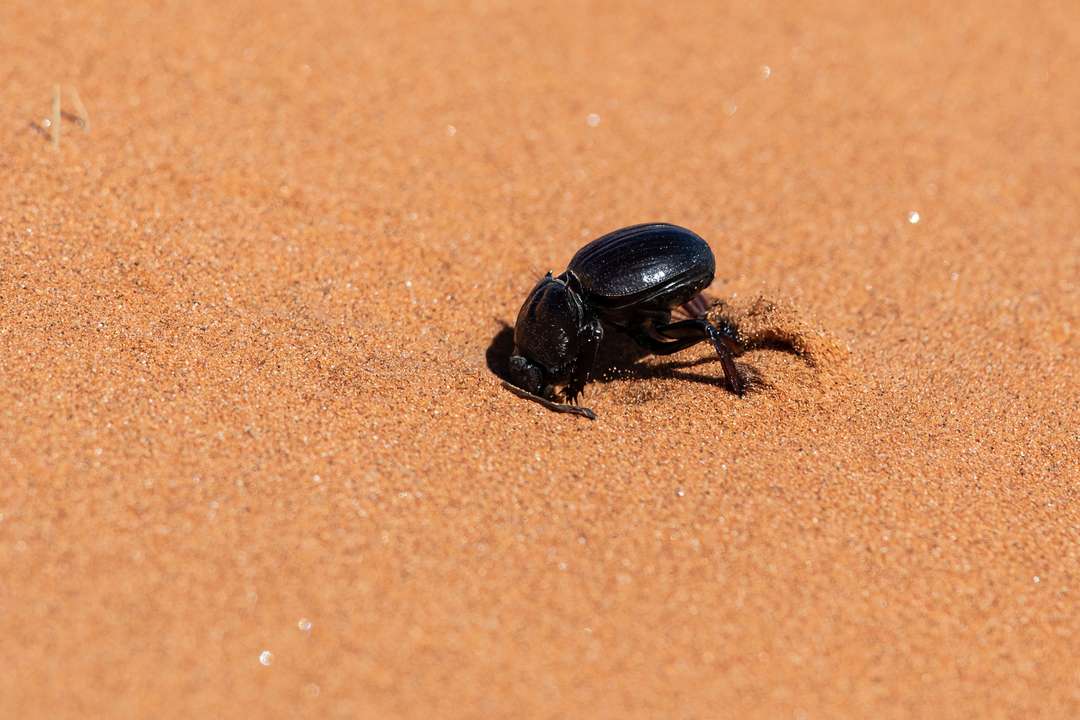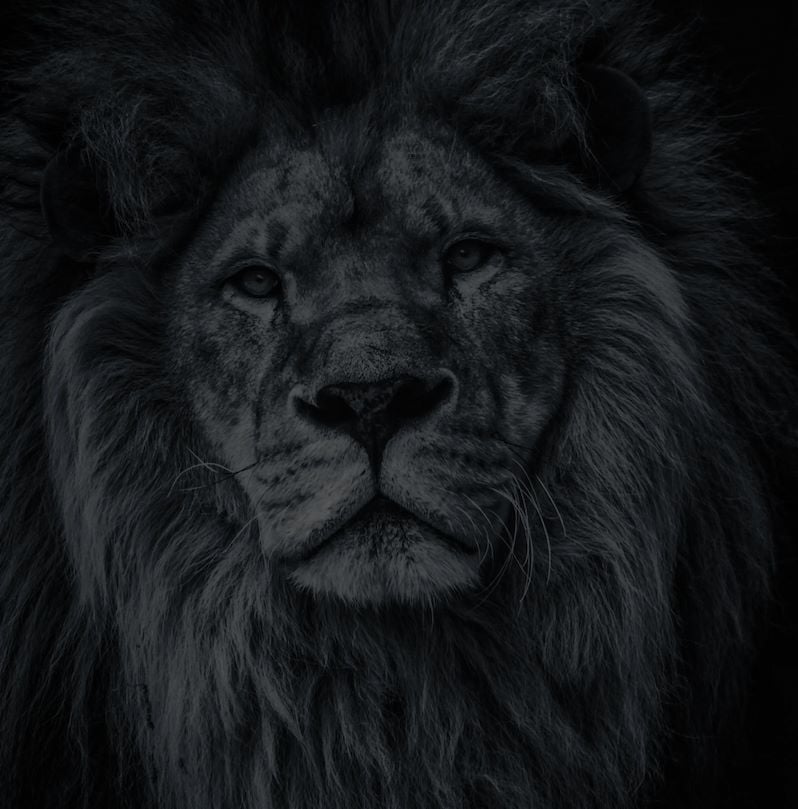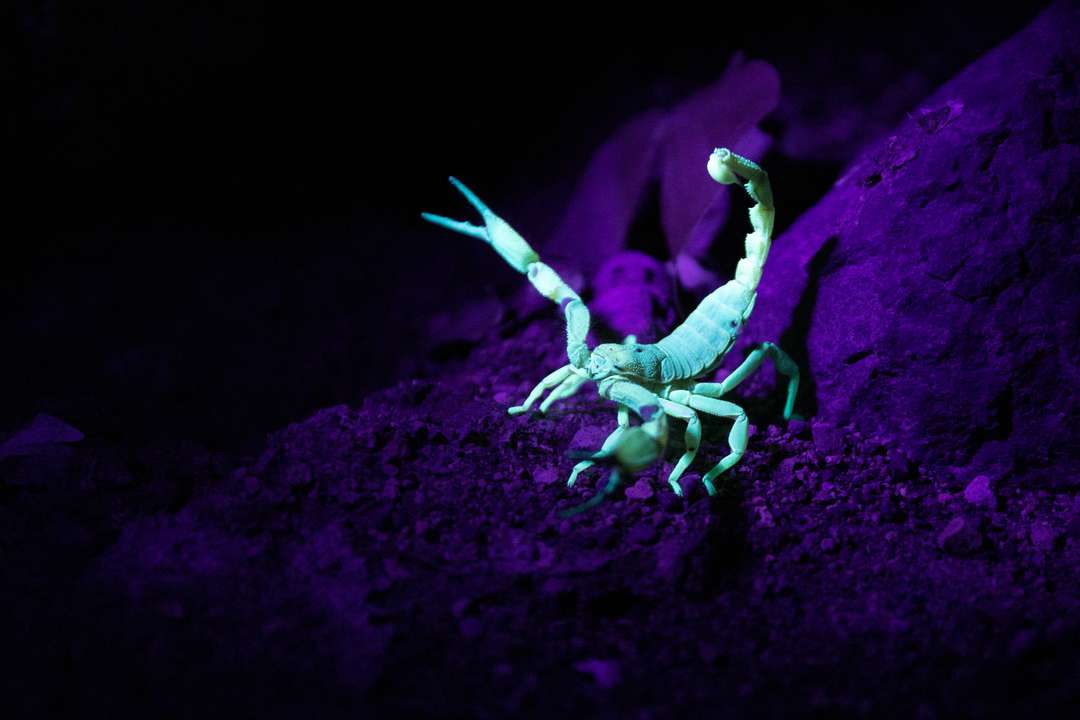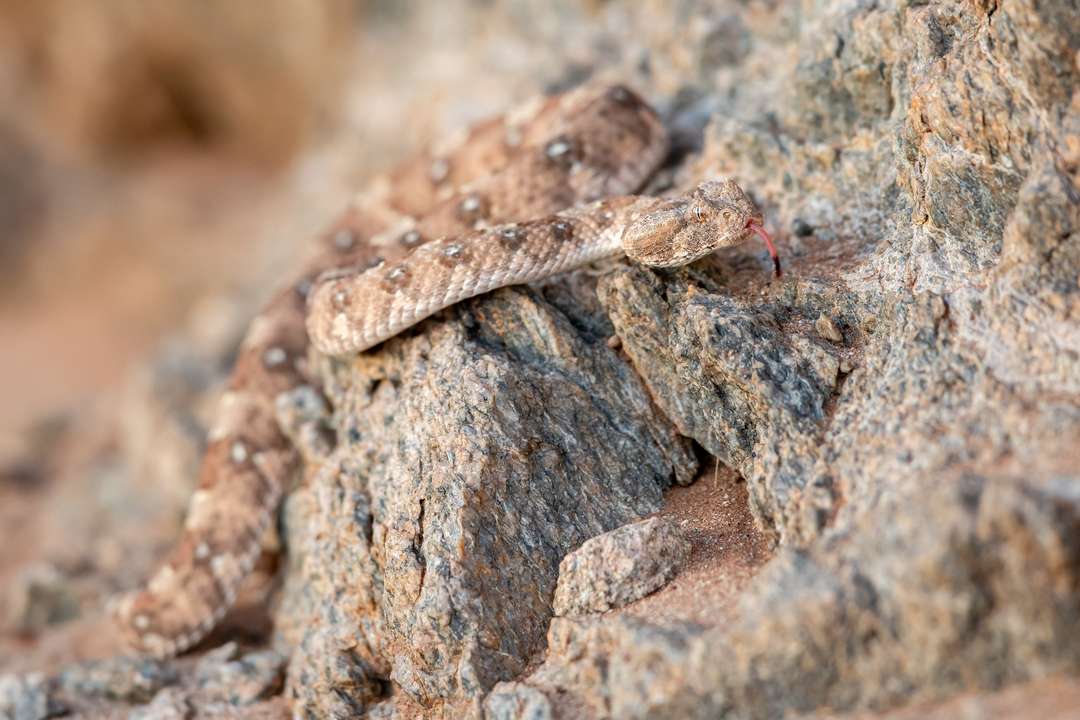An African safari is synonymous with searching for big game. Most of the activities at traditional safari lodges are focused on “ticking” off the so-called Big Five of Africa (lion, leopard, elephant, buffalo and rhino). These large African mammals were known to be the five most dangerous and difficult to hunt. Luckily the expression has taken on a gentler form in recent years, referring to seeing rather than hunting them. While big game is often the star attraction of a traditional game drive, there is another fascinating world of wildlife that is often overlooked.
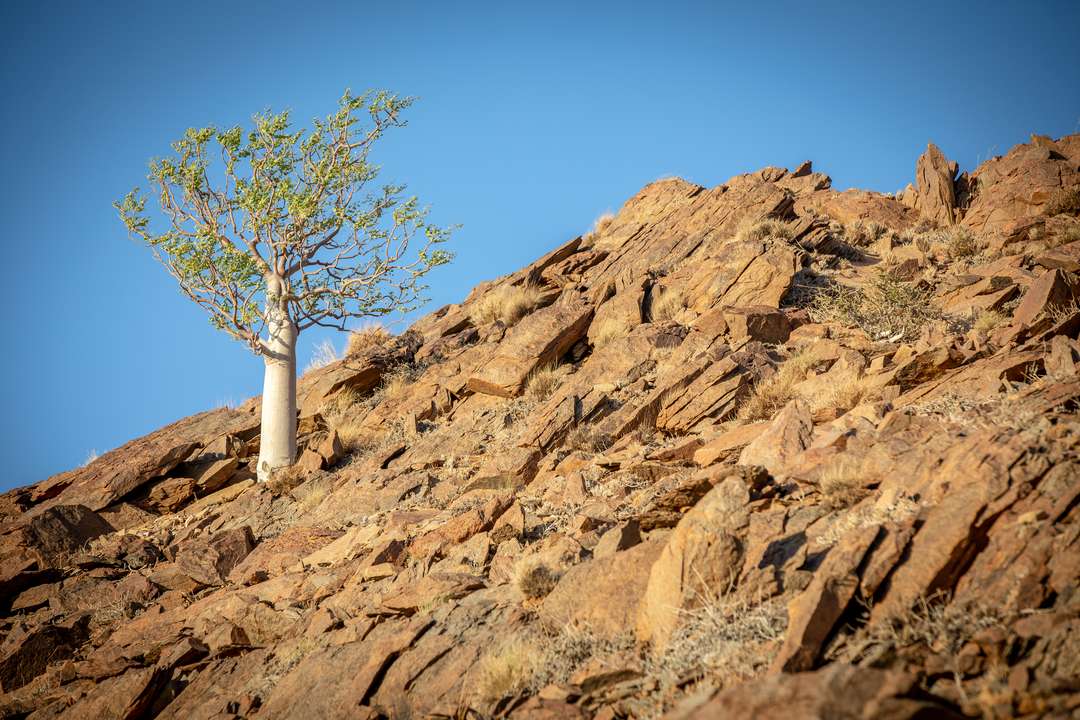
Although the Kulala Wilderness Reserve is famous for its easy access to the famous dunes of Sossusvlei, another activity that comes highly recommended is a nature drive. Out here, game viewing takes on a different form. The focus shifts to appreciating the smaller, often overlooked wildlife, as well as the striking scenery and flora.
I recently spent three nights at Kulala Desert Lodge. Believe me, learning about the wildlife that calls the Namib home, is truly fascinating. As I am sitting in my office, reflecting on the experience, I wish I could replace the sounds of vehicles hooting with the melodious call of the endemic dune lark.
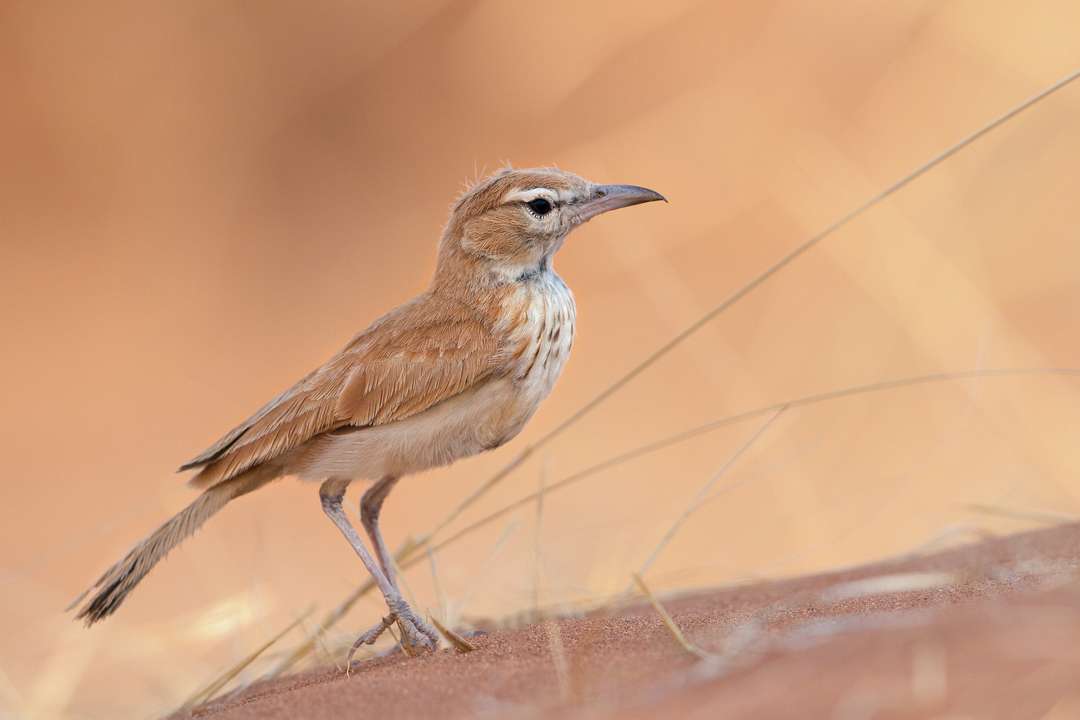
Spending time during your safari on the reserve will open your eyes to smaller wildlife and their intricate ecosystems.
The Namib Desert comes alive when you have a closer look! Make your way to a dune in the early morning and admire all the intricate tracks you’ll see: tracks of many critters and slithery creatures – sidewinder adders, Namaqua chameleons, Grant’s golden mole (that doesn’t have eyes!), dune larks, all sorts of geckos (including the web-footed gecko, which licks its eyes to keep them hydrated), beetles… and then species like dune ants and white lady spiders that call this harsh environment their home. Larger mammals include gemsbok, springbok and even the elusive brown hyena.
